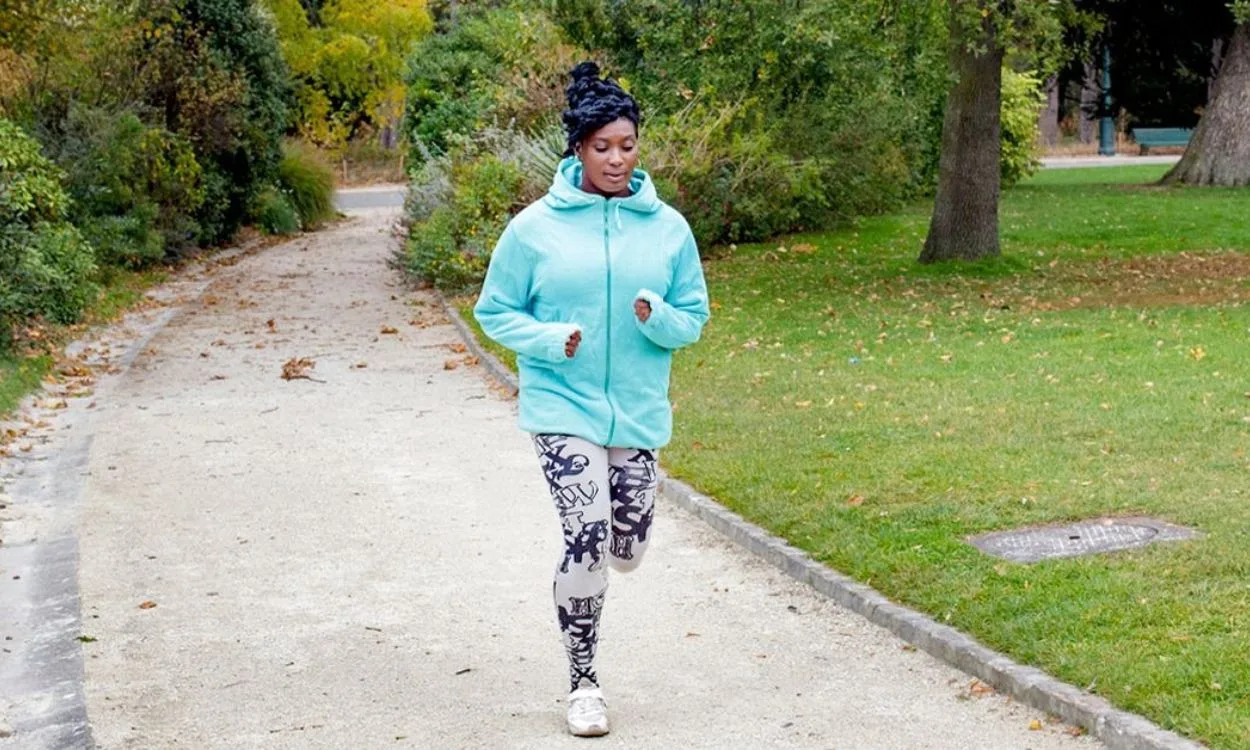Can Physical Activity Help Lower Triglyceride Levels?
Triglycerides are a type of fat found in your blood. High levels of triglycerides are often associated with an increased risk of heart disease and other health conditions. One way to lower triglyceride levels is through physical activity. Regular exercise can have a positive impact on your triglyceride levels and overall health. In this article, we will explore how physical activity can help lower triglyceride levels and provide tips on incorporating exercise into your daily routine.
Understanding Triglycerides
Before we dive into the role of physical activity, let’s first understand what triglycerides are and why high levels can be harmful. Triglycerides are a form of fat that your body uses for energy. When you consume more calories than your body needs, it converts the excess calories into triglycerides and stores them in fat cells.
High levels of triglycerides in the blood can lead to a condition called hypertriglyceridemia. This condition is often associated with other risk factors for heart disease, such as obesity, high blood pressure, and high cholesterol levels. Elevated triglyceride levels are also linked to an increased risk of developing type 2 diabetes.
The Role of Physical Activity
Physical activity plays a crucial role in maintaining overall health and well-being. When it comes to triglycerides, regular exercise can help to lower their levels in several ways:
- Weight Management: Physical activity helps to burn calories and maintain a healthy weight. Excess weight is often associated with higher triglyceride levels. By engaging in regular exercise, you can reduce body fat, which in turn lowers triglyceride levels.
- Stimulates Enzymes: Exercise stimulates enzymes that help to break down triglycerides in the blood. This breakdown process allows the body to utilize triglycerides as an energy source, ultimately reducing their levels in the bloodstream.
- Improves Insulin Sensitivity: Physical activity improves insulin sensitivity, which is important for regulating blood sugar levels. Insulin resistance is closely linked to high triglyceride levels and other metabolic abnormalities. By improving insulin sensitivity, exercise can help to lower triglyceride levels and reduce the risk of developing diabetes.
- Promotes Healthy Lipid Profile: Regular exercise has been shown to increase levels of high-density lipoprotein (HDL) cholesterol, also known as the “good” cholesterol. HDL cholesterol helps to remove low-density lipoprotein (LDL) cholesterol, or “bad” cholesterol, from the bloodstream. By promoting a healthy lipid profile, exercise can help to lower triglyceride levels.
Tips for Incorporating Physical Activity
Now that we understand the benefits of physical activity for lowering triglyceride levels, let’s explore some tips for incorporating exercise into your daily routine:
- Choose Activities You Enjoy: Find physical activities that you genuinely enjoy, whether it’s walking, jogging, cycling, swimming, or dancing. When you enjoy what you’re doing, you’re more likely to stick with it in the long run.
- Start Slowly: If you’re new to exercise or have a sedentary lifestyle, start slowly and gradually increase the intensity and duration of your workouts. This approach helps to prevent injuries and allows your body to adapt to the physical demands.
- Make it a Habit: Aim for at least 150 minutes of moderate-intensity aerobic activity or 75 minutes of vigorous-intensity aerobic activity per week. Break it down into manageable chunks, such as 30 minutes of exercise five times a week. Consistency is key to reaping the benefits of physical activity.
- Combine Cardiovascular and Strength Training: Incorporate both cardiovascular exercises, such as jogging or cycling, and strength training activities, such as lifting weights or doing bodyweight exercises. Strength training helps to build lean muscle mass, which can further enhance your metabolism and contribute to lowering triglyceride levels.
- Stay Hydrated: Drink plenty of water before, during, and after exercise to stay hydrated. Proper hydration supports optimal metabolic function and helps to regulate triglyceride levels.
Remember, it’s always a good idea to consult with your doctor or a qualified healthcare professional before starting any new exercise program, especially if you have any underlying health conditions.
Introducing Fitpaa – Your Personal Health & Fitness Companion
While physical activity is essential for lowering triglyceride levels, it can be challenging to stay motivated and track your progress. This is where Fitpaa, a comprehensive health and fitness app, can help. Fitpaa provides personalized guidance, support, and tracking tools to help you achieve your health and fitness goals with guaranteed results.
With Fitpaa, you get access to a team of experts, including a fitness planner, fitness coach, nutritionist, and doctor, who will collaborate to create a customized Fitpaa Capsule for you. The Fitpaa Capsule combines medical therapy, exercise therapy, nutrition therapy, and cognitive behavioral therapy to optimize your metabolism and help you achieve your health and fitness goals.
Fitpaa’s mobile app offers a range of features, including a virtual workout trainer, diet tracker, performance tracking, and progress tracking. It provides real-time guidance and motivation throughout the day, incorporating concepts from cognitive behavioral therapy to keep you inspired and focused on your goals.
If you’re ready to take control of your health and fitness journey, download the Fitpaa app today. Experience the joy of getting fit, staying healthy, and transforming your life. Fitpaa is here to support you every step of the way, ensuring that your well-being is their mission.
Remember, nothing is impossible when you have the right tools and support. Start your journey with Fitpaa, and unlock your full potential for a healthier, happier life.









